To accompany a special issue of the popular fanzine Journey Planet dedicated to Batman, co-editor Christopher J. Garcia asked fans to name their first memories of that hero. To answer, I shared about how at four-years old I wandered into my two oldest brothers’ bathroom to peek at their stag magazines. What I found instead was a stack of half-ruined comic books featuring many DC characters, but the two I remember most vividly are the Martian Manhunter and, of course, Batman. As I contemplate my first memory of the Dark Knight, however, I realize that it doesn’t define what eventually over several decades would become my Batman. My Batman has evolved through altered continuities and changing authorial interpretations, from lawful neutral to arguably chaotic good, and then finally back into to a lawful-neutral crusader unwaveringly dedicated to law and order, so much so that he’ll often bend rules when they stand in the way of his achieving or preserving this code. Like the Count of Monte Cristo, Batman employs dubious means and shadowy networks, all in the pursuit of a personal ideal that he follows without question. Get with him or get out of his way; his will be done. Frank Miller’s seminal The Dark Knight Returns (1986) most vividly captures this aspect of our hero, but the following are five moments in relatively recent Batman history that further illustrate what I mean.
Moment One: Batman Quits the Justice League of America
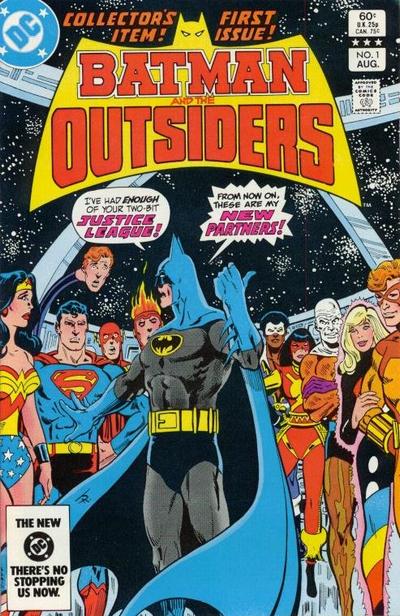
While on a business trip, Lucius Fox, high-ranking employee of Wayne Enterprises and friend to Bruce Wayne, finds himself captured by freedom fighters. Batman approaches the Justice League of America for help in rescuing Fox, and the League refuses. Superman especially cites the time-honored League rule about not involving themselves in political matters. Incensed, Batman quits the League. To hell with fretting about the possibility of diplomatic nightmares. His friend’s plight outweighs organizational bylaws, and so he resigns to rescue Fox on his own. This begins with Batman and the Outsiders (Vol. 1) #1 (1983), where the plot leads Batman toward forming and directing his own team, one he controls implicitly, the members of which will act as part of his informal network even after he leaves them. The Justice League worries about international incidents and won’t meet Batman’s expectations? Fair enough. He’ll either work alone, or he’ll form a team that will.
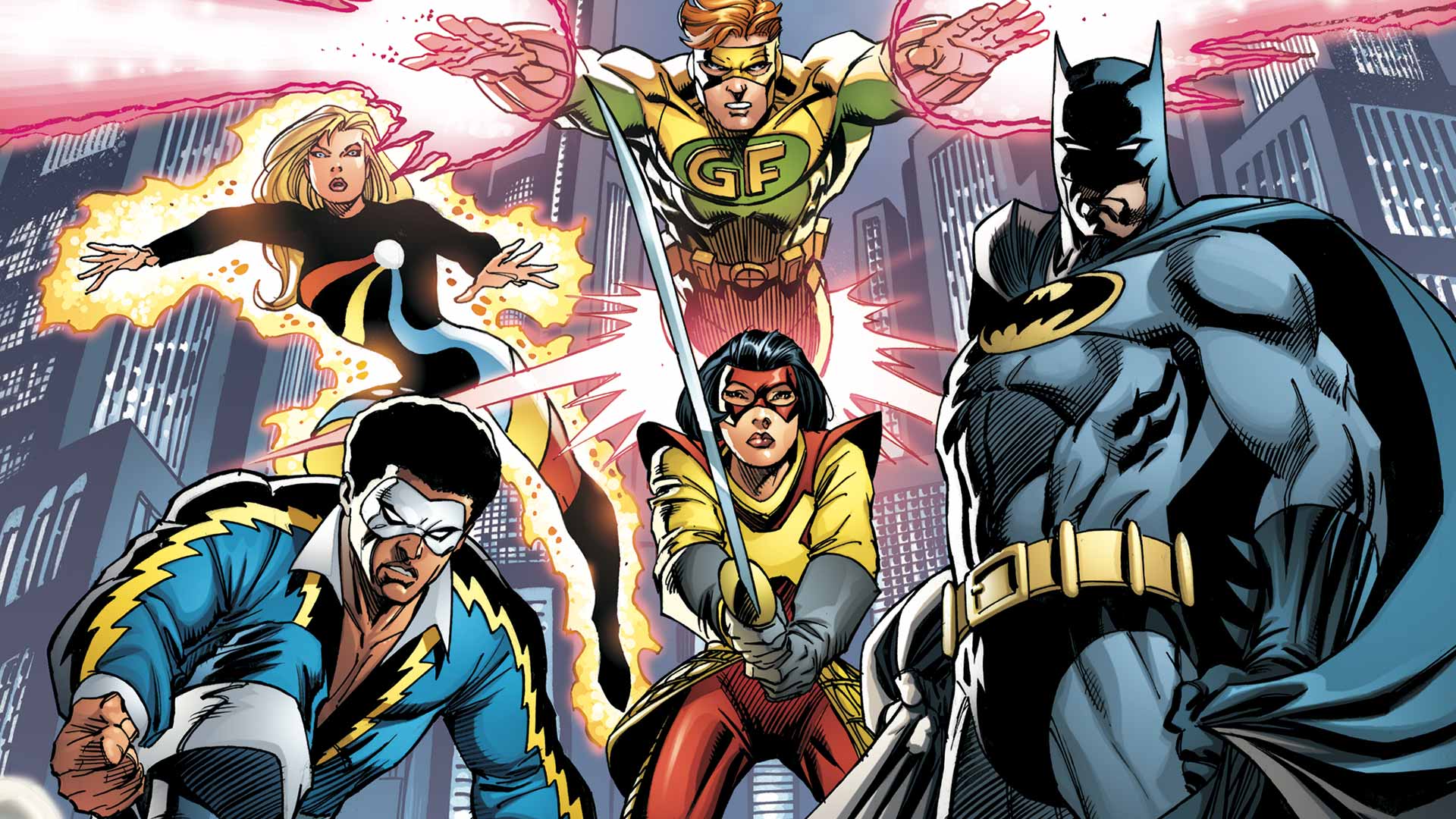
Moment Two: Superman Gives Batman a Kryptonite Ring
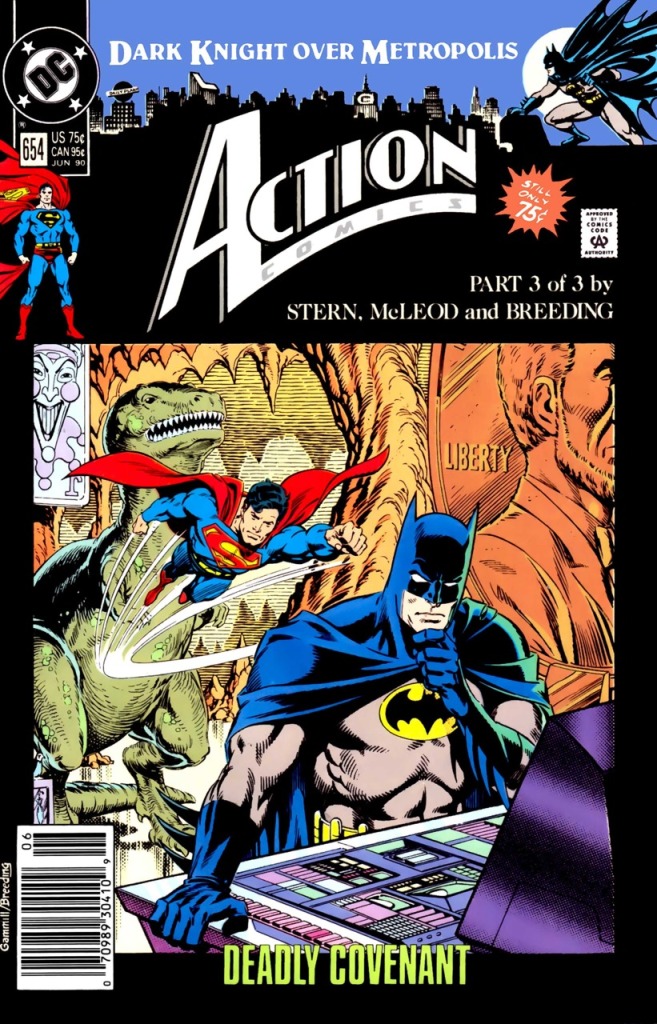
After the events comprising the three-part story, “Dark Knight Over Metropolis” that takes place in Action Comics (Vol. 1) #652 – 4 (1990), Superman and Batman meet in the Batcave, and readers witness an amazing interaction. Superman gives Batman a ring set with a kryptonite stone, telling him to use it if he somehow loses control and endangers the world. Batman wants to be clear: does Superman know what he’s asking? Because if it comes to that Batman will not balk, regardless of his friendship with the Man of Steel. Superman fully understands that Batman’s dedication to law and order, that he’ll use that weapon without moral quibbling and without compunction. He is, after all, lawful neutral, and will do what’s necessary to keep things straight. Superman could not have chosen a better man for the job.

Moment Three: Tower of Babel
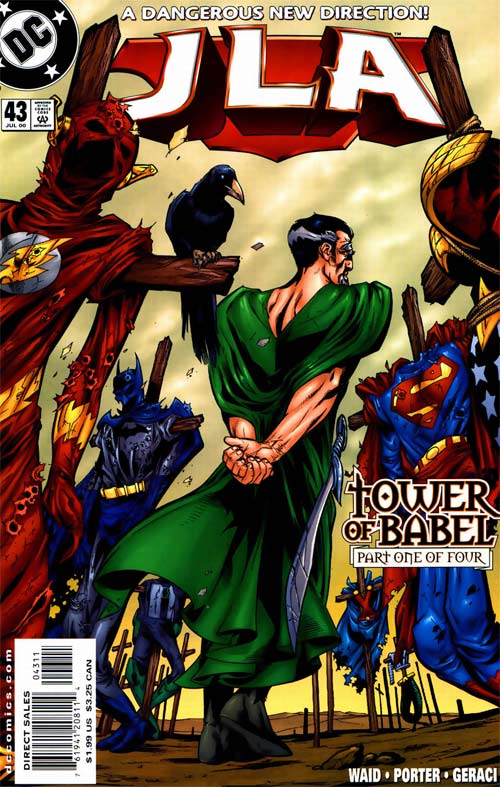
Mark Waid loves over-the-top plots, and he doesn’t disappoint with “Tower of Babel,” JLA (Vol. 1) #43 – 6 (2001). How could a superhero who values law and order as deeply as Batman not have files detailing how to neutralize each member of the Justice League? Should any one or all of them step out of line, Batman’s got it covered, until Ra’s al Ghul hacks Batman’s computer and unleashes havoc. Down goes the League!
But we learn Batman’s vulnerability as well – his unending grief for his parents, which Ra’s exploits by stealing their remains and offering to dip them into a life-restoring Lazarus Pit. Oh, yes, Batman feels tempted . . . but no. He sticks to his code, and the League defeats the villain. The repercussions for Batman, however, once again involve bringing his team membership into question. The others vote on whether or not to expel him, with Superman, of course, casting the tie breaker. Batman vacates the scene before we learn the results.

Moment Four: Batman Incorporated

In 2010, Grant Morrison expanded Batman’s influence to global proportions. Batman franchises his image, selecting and training individuals from all over the world who will assist his crusade and answer to him alone. The Count of Monte Cristo with his extensive cadre of spies and informants couldn’t match the scope of Batman Incorporated. And his pull wouldn’t stop there.
DC later rebooted Batman Incorporated to fit into its New 52 continuity, which included several Batman titles and others featuring characters loyal to Batman and his adamantine ethical codes. After repeated changes to continuity, one thing remains constant: Batman believes his code stands above all else. He’ll quit teams, form teams, train operatives, devise methods to take out allies, and bring his act international to preserve that vision, because it’s his way or no way, and he’ll do what it takes to maintain his sense of order. Superman may be the poster child of truth and justice, but only Batman can make the hard choices needed to realize these goals. Hell, let’s face it. All heroes in the DC Universe work for Batman, whether they know it or not.

Moment Five: Batman in the Real World
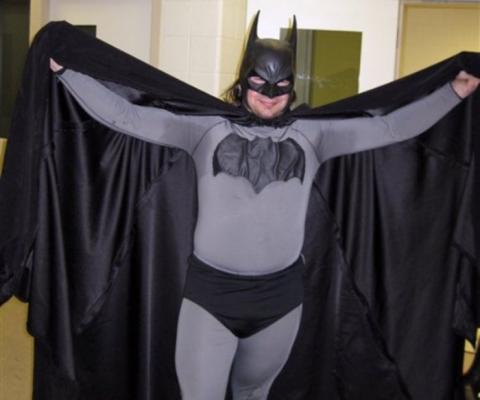
Folks have bought into Batman’s message mightily, and his ethos has leaked into our everyday lives in interesting but not always successful ways. For example, there’s Mark Wayne Williams, the Petoskey Batman who dawns his cape and cowl to patrol his Michigan town nightly. He’s been arrested for police interference, but on he perseveres. As of this writing, his Facebook page has 6,385 likes. Other Batmen have appeared in New Jersey, Las Vegas, and most recently in Cumbria, England, where a Batman confronted that region’s creepy clown, one of many that were seemingly everywhere during Halloween season 2016.
Hands down, the most successful representation of Batman in the real world is Batkid, Miles Scott, a young cancer survivor who wanted to be the sidekick of Batman. On November 15, 2013, San Francisco became Gotham City when the Make-A-Wish Foundation made the boy’s dream come true. Miles rode in a Batmobile, confronted famous Batman villains, and aided in rescuing a damsel in distress. Mayor Ed Lee even presented Batkid with a key to the city. The documentary, Batkid Begins: The Wish Heard Around the World, relates all the details, and Julia Roberts is producing and starring in a film based on these events. Lawful neutral? Most certainly. Willing to play outside the rules to ensure justice, law, and order, but never so far as to defile that code? Most definitely. At times this has angered his allies, but so be it. If that enduring image inspires children like Miles Scott then I say long live the reign of the Batman!


I never was bit by the comic bug (apart from the Newspaper funny pages) as a kid, but reading this made me think I missed out on an essential part of growing up. Cracking good read!
LikeLike